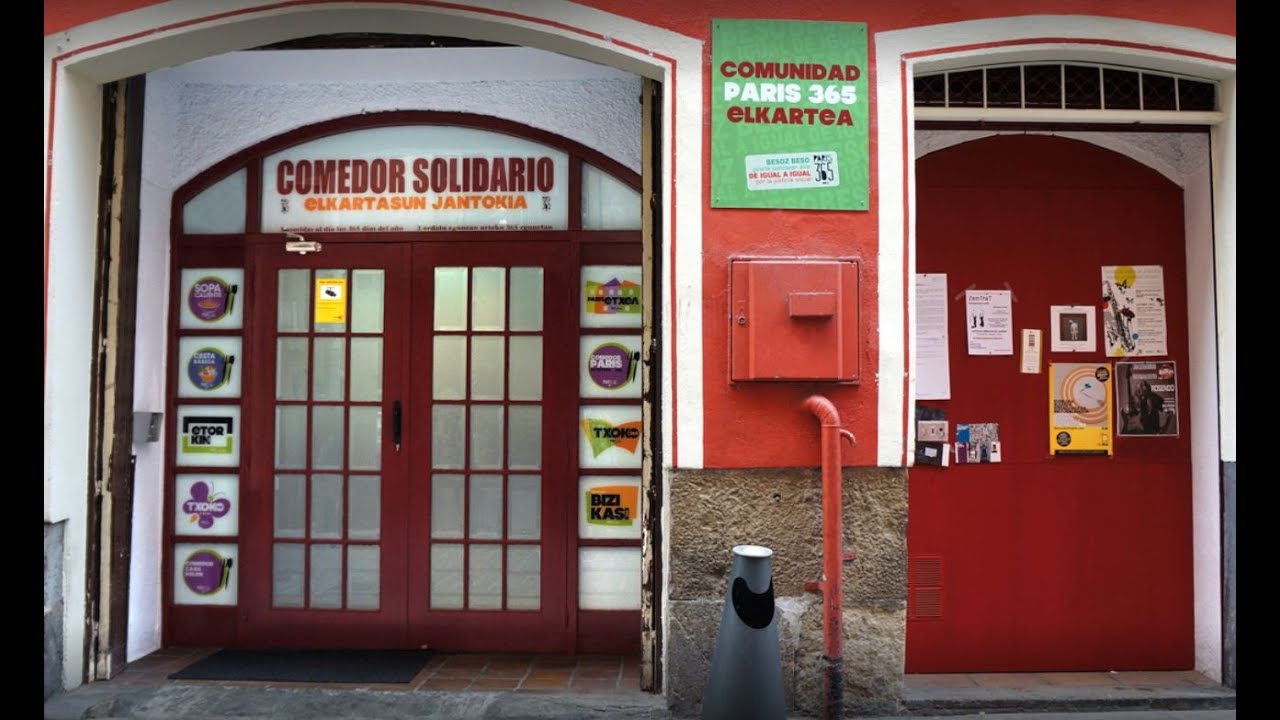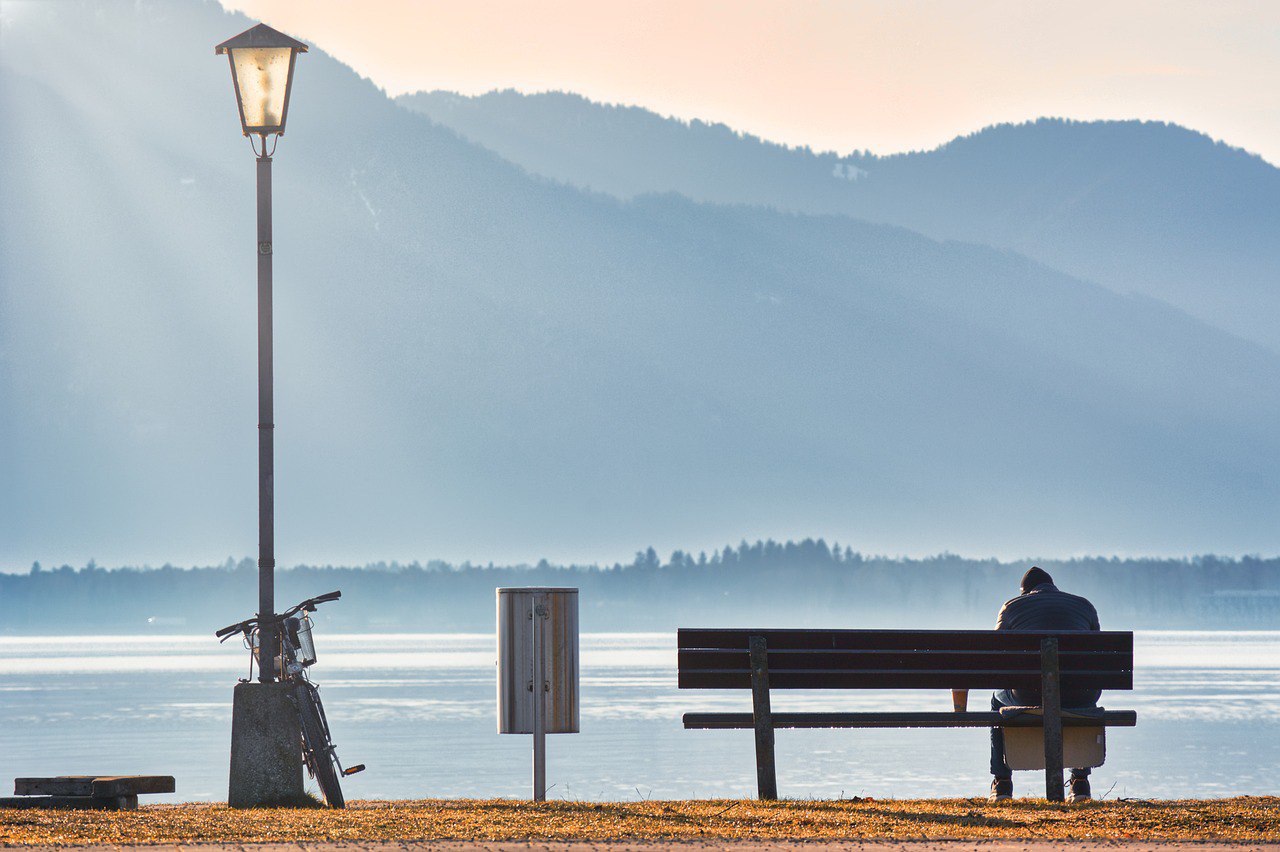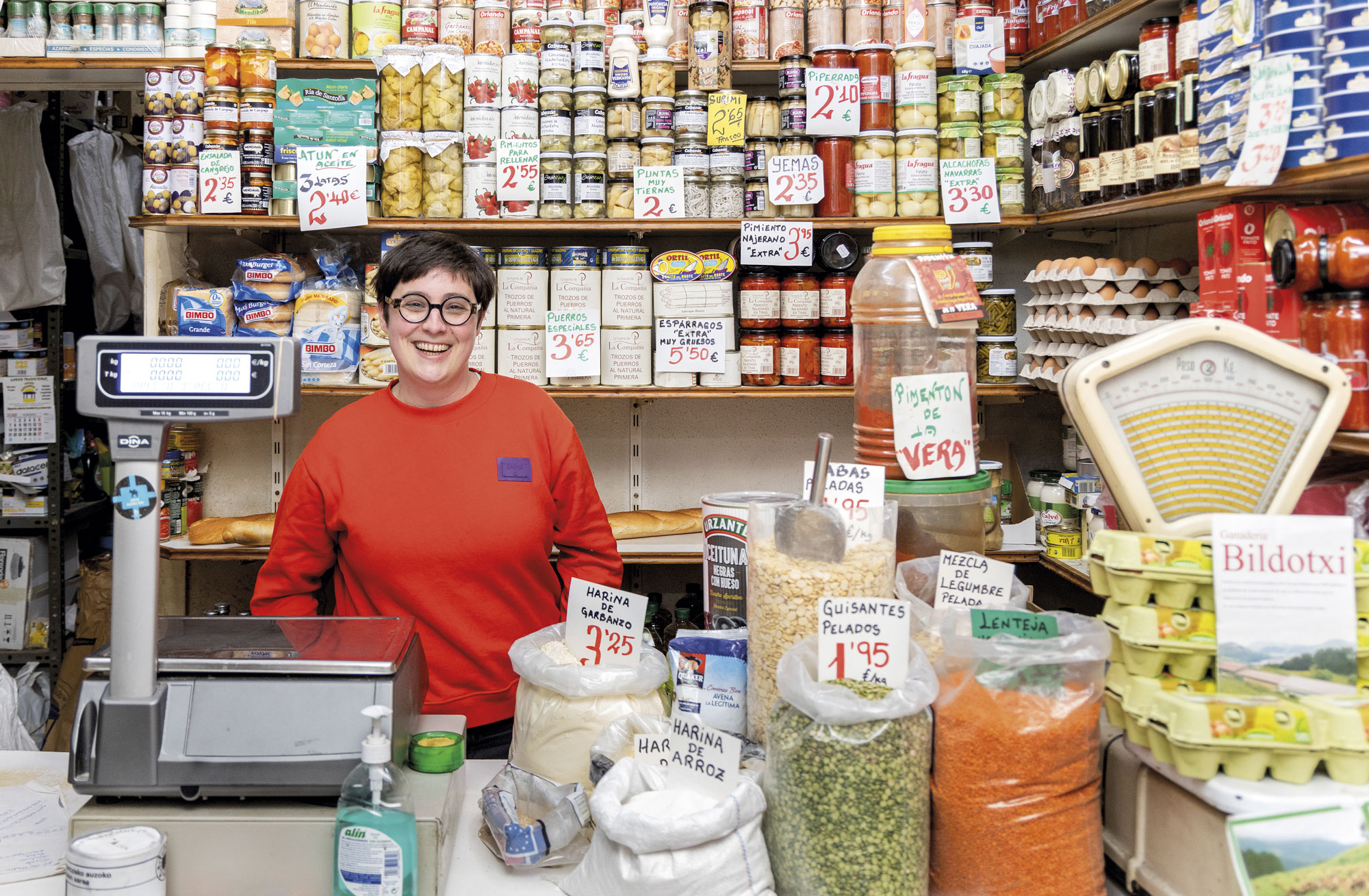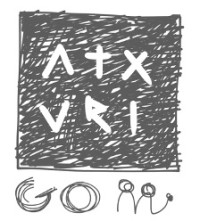More resources in the health crisis, and then?
- There are dozens of vitorians who depend on social services in order to have a hostel during the night. In the face of the coronavirus crisis, resources and places have multiplied so that no one – unlike before the crisis – sleeps on the street. Is it a question of responding to the needs of the homeless or of the fact that the excluded do not infect anyone? Post-crisis policies will give us an answer.

With the expansion of the coronavirus, social service workers working with homeless vitorians began to worry. When the state of alarm was declared, the Spanish Government, in anticipation of the issuance of a lockdown order, asked the municipal officials to react and order the means. Some resources have been adapted, one has been closed, new ones have been opened.
There are six major municipal services that have evicted people in Vitoria-Gasteiz in a normal situation. The hostel is a 34-seater night center, with check-in and check-out early in the morning. Next to it is the Open House, a full day center with 15 places. Users spend the day and night there and, in general, make a life more normalized and normalized than those of Aterpea. Both are located in the Casco Viejo. Estrada is a day center that opens at 9 a.m. and closes at 21 a.m., and welcomes many users of Aterpe, among others. Far from the center, in the San Martin district, is the Municipal Social Reception Center (CEIP). It is a “medium and long term housing and coexistence resource” designed to accommodate families and individuals, and has 67 places. In the same building of the HSUZ but in a unique space is the Winter Accommodation Resource (NOEB). Although dates can be moved over time, they usually open their doors in November and close them in March. The function of the service is to provide overnight accommodation in the coldest time of the year to people who habitually live on the street. Users must enter the evening and leave the premises from 8 a.m.
But this picture of municipal services for homeless people has changed substantially in the context of the COVID-19 crisis. The City Hall has closed the Estrada day centre and opened three new resources: In the Casco Viejo, the Pío Baroja school and the pediment of Lakua. We've talked to an employee of the Open House, the CPU and the Lakua pediment to learn about the overall situation.
The five services that remain open have been involved in a number of circumstances that have made their work difficult. In order to comply with the containment and health measures, all of them have become 24 hours. Each person spends all day in the same space, including meals. Meal times and some spaces have been distributed or doubled to reduce contacts between users.
Each service has adapted to the situation differently at the same time. Itxaso Pérez García is an educator and has been working for six years in municipal services for homeless people, the last year in the Open House. In the Open House, in Aterpe and in Arkillos the users are divided by pairs in the rooms. In the shelter there are usually four people per class, but security measures have reduced the stay by half. That is why the Arkillos service has been opened. Sixteen people are now in the refuge and twelve in Arquillos.
Difficult to adapt
Pérez says that the initial adaptation process to the new situation has been "very hard" for both users and workers. Ignorance or uncertainty about evil and the necessary measures were the first days. The staff has often been critical of the City Hall in relation to the conditions of these public services, but on this occasion it has felt overwhelmed by those responsible, who have felt very attentive to their needs. With the new measures decided and under way, the difficulties still exist, but the situation has stabilized, according to Pérez: “Now the situation is not good, but we are gradually more accustomed.”
As for the users, the difficulties are very varied. Many of them had a very urban life and suddenly they have been locked up for 24 hours, in the places and with the people who have not been elected. “All life has turned upside down,” Pérez explains. They were in practice, they were hoping to get a job ... You also have to fight anxiety or boredom, and it's not easy to do 24 hours a day. At all times they try to organize activities and create new routines, but some have no desire or desire to participate in them. One of the most widespread problems is difficulty sleeping, related to an unactive lifestyle. Arkillos and some of the users of Aterpe have had to put a solution to their addiction problems. Even in the hardest part of the lockdown, they've been able to make half-hour exits.
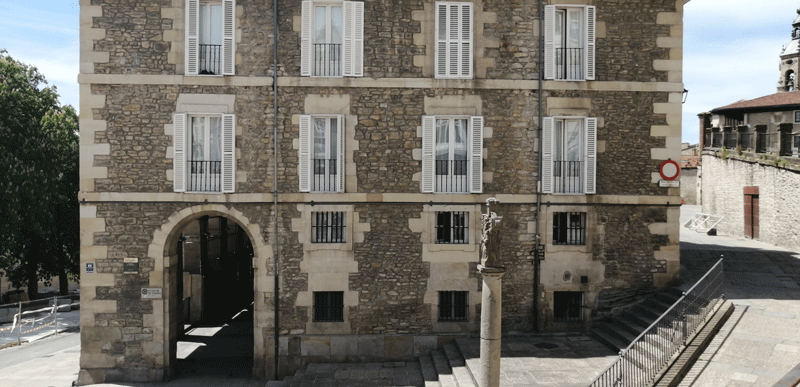
Rodrigo Álvarez Gutiérrez has been working at HSUZ for eleven years, cleaning and serving meals. Remember the “chaos” in the early days of the coronavirus crisis. On the one hand, nervousness about the disease and, on the other, the need to reorganize the service completely in an environment of uncertainty. The situation improved, then, little by little and from the “great collaboration” of workers and users.
Families have been evicted from the CPU and distributed in the numerous empty dwellings of the City Hall, where individual users have been kept. As for the users of the NOEB resource to sleep in winter, at first all were confined in a single space. Subsequently, some of the attendees have been transferred to the fronton of Lakua, where they have been rehoused. Another group has been kept in the building, but has been moved to the HSUZ space, where the confinement is being carried out with people from the place. No infections have been diagnosed so far, but in the first few days two people were forced to quarantine. They remained isolated for several days in two of the bedrooms. Subsequently, an entire building floor was evicted as a preventive measure to isolate, if necessary, users of both the premises and other services.
Lakua, last resort
The Lakua fronton service has been built from scratch during the alarm and lockdown period. It's a city owned center run by the Red Cross. Joseba Etxebarria, head of central Guinea, says 85% of Lakua users were homeless people who slept on the street. They slept in ATMs or abandoned factories, for example. Another 15% is composed of people who lived in pensions that have been closed, those who have lost employment during confinement or have stayed in the street after separating from their partner...
Initially, the service was opened in the school void of Pius Baroja, but soon the 30 places were filled and so they moved to Lakua, where 51 people fit. Red Cross members say it was for good change, because conditions were worse in Pius Baroja – they have reopened the old school with the beginning of Ramadan to bring people together from the homeless services that practice it. 11 people have come from Lakua. On the court of the pediment are lined 51 fabric beds designed for emergency cases such as floods. In contrast, they distribute the meals and bring them the same food that is given in the residences. Next to the pediment, there is a football field, but the Police has cut the place and only 50 square meters are allowed to move. After weeks, there is no possibility of intimacy. There are three women living in Lakua. “It’s not an easy experience,” says Etxebarria. Proof of this is the sexual assault that has just taken place. The leaders of the Red Cross and some users are angry at the “sensationalist” treatment that has given the aggression to various media outlets.
The City of Lakua has brought together a large number of people who are in situations of extreme economic, emotional or health need. There are mental illnesses or addictions. “We are the last resource for everyone,” Etxebarria says, and shows a painful example of this: the police brought the man who committed the aggression from the center to return it the next day, among other things so he could live with the woman who attacked him. It cost a lot, but those responsible for the Red Cross managed to prevent it.
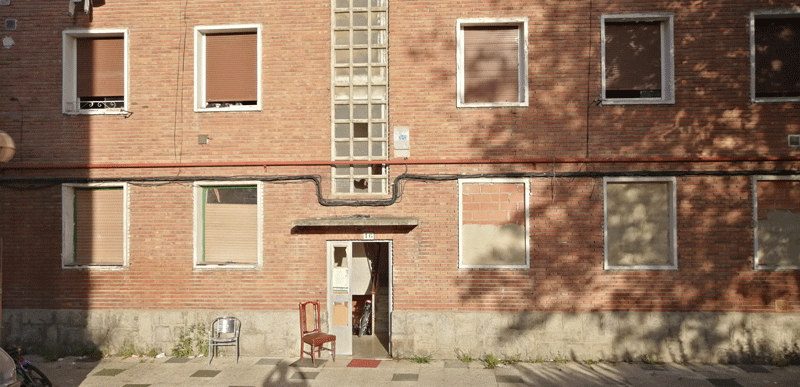
Help them or protect them from them?
The material conditions of social services for homeless people have improved in different ways. There are more places and no one sleeps on the street – not forgetting that some prefer to live or sleep on the street than in the services of public institutions. In the shelter, where four people slept, two do now. But some questions are needed:
What were the pre-confinement conditions in these services? If you've gone from four to two rooms, for example, it's because the space between the beds didn't reach a meter. Despite improvements, are some of the current conditions acceptable? In Lakua they have been living in a fronton for 8 weeks, without intimacy, feeding on a diet for the elderly based on purees, while the City Hall has empty infrastructure for colonies that can accommodate hundreds of houses or hundreds of people. As Luis Álvarez López, who has lived there since the first day, says: “Will you tell me that the town hall doesn’t have 50 mattresses to stop sleeping on these damn beds?”
And above all, what happens when the state of alarm and lockdown is over? What is going to be the "new normality" that is being talked about so much for these people, and for the new vitorians that are going to be found in similar situations? The Initiative for the Right to Housing and Social Exclusion of Vitoria-Gasteiz has focused its attention on the services of Lakua and Pío Baroja: “We don’t want to go back to that normalcy because 50 neighbors and neighbors don’t have resources and have to sleep in the street. That usual rhythm, that normality is inhumane”.
Pérez, Etxebarria and Álvarez have highlighted the good personal and collective response that users of the centers in which they work have given to the complicated situations that have been created during these weeks. Pérez thinks that some have felt even better: “They’re forever forgotten, and they’ve suddenly taken them into account and asked others for the same thing they’re asked for, and they’ve done it.” Why have we had ‘eternal forgotten’ a little more present than usual? As a result of a new sensitivity that has prevailed in the City Hall, or because if you are on the street, pollution can spread among us? “If all these neighbors and neighbors return to the streets, instead of being considered entitled subjects, they would only be understood to have been treated as subjects of infection and contagion,” said the Vitoria-Gasteiz citizens’ initiative. It does not seem that the new sensitivity is the correct answer, given that dozens of marginalized people, including minors, living in the occupied houses of Olarizu, were cut off by the City Hall before the winter, not only by water and light, but by pressure from the Municipal Police in times of confinement. “What will happen when the emergency is over?” we asked Etxebarria about downtown Lakua: “That’s what they ask us,” he said, and his dark face suggests that we will condemn his continued forgetfulness to his usual invisibility.
On the fronton of Lakua we had several talks with the users. We will publish your experiences and opinions in the weekly.
The policy of the Basque Government to criminalise the poor has become news again in November. Lanbide has created an anonymous whistleblower for honest citizens to denounce “any suspicion of irregular actions” from potentially fraudulent citizens receiving Income Guarantee... [+]
Pools can be a classroom to understand class conflict, analyzing differences between bodies. I've been swimming in municipal pools for many years. Almost always in the Aldabe Civic Center, located between the neighborhoods of Alde Zaharra and Errota. But there was a time when I... [+]
Iruñerriko Etxebizitza Sindikatu Sozialistak eta Harituk Iruñeko Udalak etxegabeentzat eskaintzen dituen baliabideak kritikatu dituzte: "Ogi apurrak dira", adierazi du Martin Zamarbide Harituko kideak. Behin behineko zenbait "aukera" ematen... [+]
There were Shaky, Violet, Arsalan and Zhara. Couple and family composed of their children aged 3 and 4 months. They lived with four other people on a seafront in Tetuan Plaza in Barcelona. The space was the seat of a bank, until it closed and abandoned it. Another 13,000... [+]








